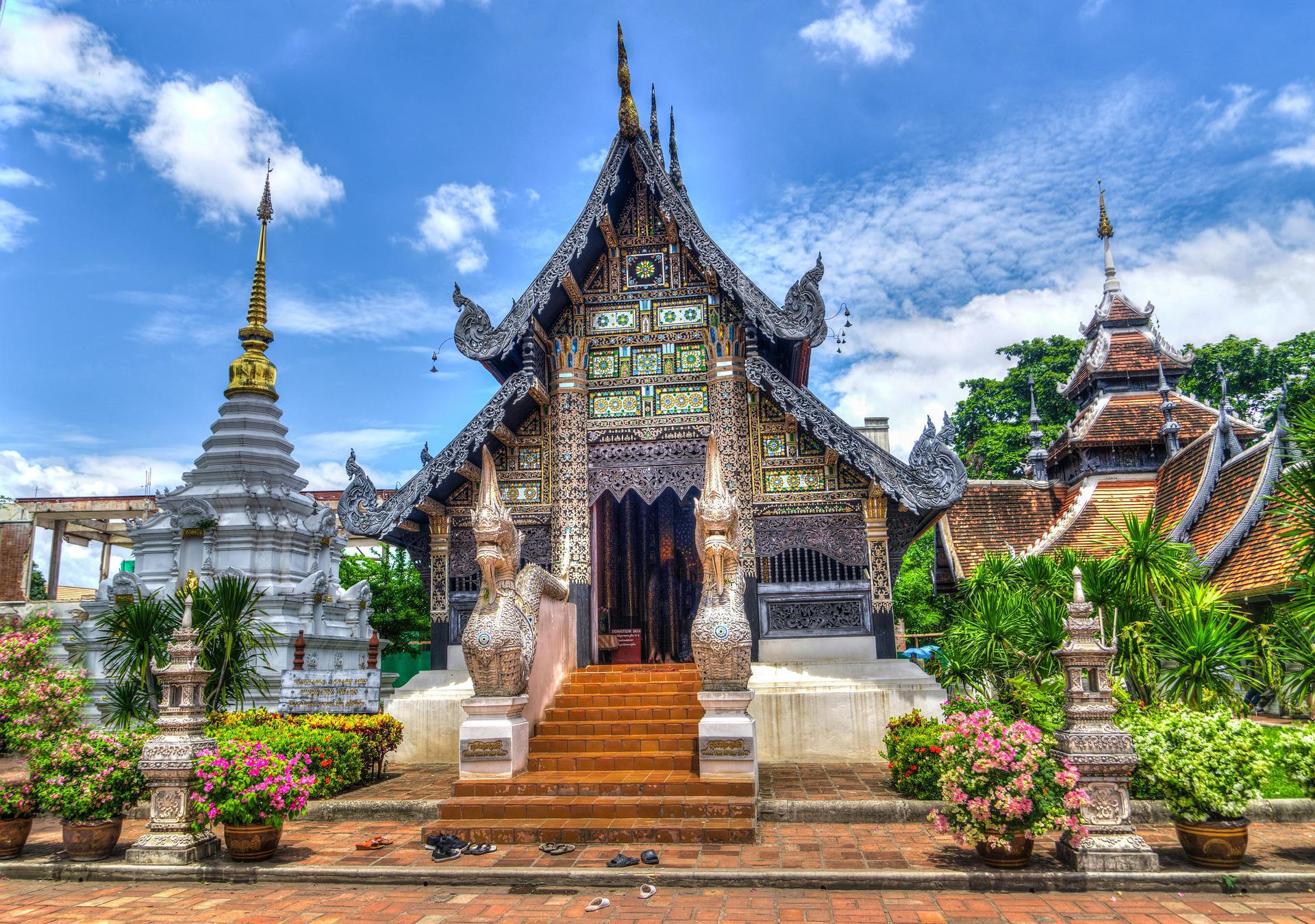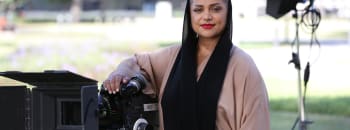Spotlight on Thailand
The southeast Asian country's biggest draws have always been its tropical locations, solid infrastructure and experienced crew base
By Liz Shackleton 20 Jun 2022

While much of Asia stopped hosting offshore production during the pandemic - due to strict entry and quarantine requirements - Thailand hardly missed a beat.
Revenue from foreign production fell by 64% to $52m in 2020, but then surged 186% year-on-year in 2021 to reach an all-time high of $148m. This was achieved despite the number of productions remaining well below 2019 levels, as Thailand’s 14-day quarantine deterred commercials, music videos and other shorter shoots.
“The productions that did come were bigger and shooting for a longer period of time,” explains Nicholas Simon, founder of Bangkok-based production services company Indochina Productions. “They were also coming in to do studio work, rather than just locations or plate shoots.”
Living Films founder Chris Lowenstein says that feature films and series were usually able to afford Thailand’s 14-day quarantine and Covid protocols, which can work out cheaper than some other countries. “We ended up doing six projects last year, some of which were overlapping, so we had three teams working simultaneously at one point,” he adds.
Major films and series to shoot in Thailand last year include AppleTV’s Shantaram, based on the novel by Gregory David Roberts, Disney+’s Ms Marvel, Skydance Media’s The Greatest Beer Run Ever, MGM’s Thirteen Lives directed by Ron Howard, and Netflix’s Fistful Of Vengeance. Many of these productions were using Thailand to stand in for other countries: India in the case of Shantaram; Pakistan and India for Ms Marvel; and Vietnam for The Greatest Beer Run Ever.
Thailand’s biggest draws have always been its tropical locations, solid infrastructure and experienced crew base, which have established the country as Asia’s leading destination for international shoots. In 2017, it also introduced a 15% cash rebate, with an additional 5% available to productions that promote Thai locations or use local key crew.
During Covid, Thailand stayed competitive by quickly introducing a workable set of protocols and removing the cultural test, making the extra 5% available to any production spending a minimum $3m before the end of 2022.
“Thai crews work well with the protocols, so when you add that to the infrastructure and the bump in the incentive, things started to shine,” says Lowenstein. “Bangkok has over 50 soundstages and on any given day, you have 60 to 70 camera kits out, so there’s a lot of resources.”
But with Thailand becoming such a magnet, it would be wise to plan well ahead, especially now quarantine has been reduced to one night under the ‘Test & Go’ rules for fully vaccinated visitors. Simon predicts further demand coming from the rest of Asia, in addition to the US and UK productions that currently favour the country. “You can’t get studio space in Japan, Korea is booked out, and all these places have real limits on crew. So Thailand has the potential to become a studio hub for the streamers,” he observes.
Locations
Thailand offers a wide span of locations to film and TV series projects, whether they are seeking vibrant city and night life, such as in Bangkok, idyllic beach and tropical settings on the Southern Thailand islands in Krabi province, or towering mountain peaks up north in Chiang Mai.
Thailand offers some of the most beautiful coastline in the world and directors can literally specify the type of beach they want, whether it’s an abandoned or populated tourist spot, beaches with roads or rocks, even haunted beaches.
Fast and Furious 9 took advantage of a huge variety of locations, including a palm oil plantation at Ban Nai Sa in Khao Thong, the temple of Wat Nai Sa in Khao Thong and a mill in the Ban Bang Toei area of Thai Meuang.
Local independent fixer, Miles Johnson, adds to KFTV.com: “Thailand has a number of climate variations that create a significant diversification of locations. About two and half hours from Bangkok there is Khao Yai which has rolling hills and dairy farms, orchards and streams not at all unlike the UK and Europe.”
Indeed, Thailand is commonly used as a great double for other locations. “We have worked for projects that used Thailand locations to portray countries such as China, Vietnam, The Philippines, Indonesia, Korea, Africa, France, Australia, England and Germany,” Nan Wutina, Managing Director at local outfit Big Blue Thai tells KFTV.com.
It is worth noting, though, that “shooting outside of Bangkok will cost more for accommodation, catering and transportation, but location fees would be cheaper,” stresses Tip Sukwiwat, general manager at local outfit Umoon Productions, to KFTV.com.
“It is easy to get permission to shoot as long as the script is not detrimental in any way to the country or its religion,” says Johnson, who recently assisted director Ron Fricke with his movie Paramita, organising filming at various ancient sites in Ayutthaya and Bangkok. “It’s incredibly important, however, to only go through a company or co-ordinator who is registered with the Thailand Film Office. This is the only way to get the necessary temporary work permit, and avoid being disappointed or worse still ripped off by unregistered ‘cowboys’ who proliferate in Bangkok in search of a fast buck.”
The process of getting permission to shoot from the Film Office takes about 3 working days.
Crew and facilities
Thailand has skilled crews and several experienced production services companies, some of which work regionally. Among the busiest during the pandemic were Living Films, Indochina Productions and Charles Salmon’s Thai Occidental Productions.
Living Films’ Chris Lowenstein explains that while Ms Marvel brought in hundreds of people, Fistful Of Vengeance drafted in only four or five, sourcing heads of department locally. “If you plan ahead by six months, you can lock in a formidable team and not have to bring in people or equipment,” he notes.
Studio infrastructure is growing with major facilities including The Studio Park, ACTS Studio, Moonstar Studio, Centerpoint Studio and Workpoint. But while these stages can service a series like Shantaram, they are not big enough for US studio tentpoles that still tend to go to Australia.
Size matters
Bangkok is one of the region’s biggest airline hubs, but the country has several other international airports and an efficient, cost-effective network of rail, boat and road systems. It takes about one hour to fly from Bangkok to the islands in the south or Chiang Mai in the north.
Click here to see selected production service companies in Thailand.
Click here to see the filming guide for Thailand.
Read the full report in our latest edition of World of Locations.
Latest news & features
Featured profiles
Promote your services with KFTV
Choose from three profile types - Basic, Silver and Gold
Create ProfileWe offer a range of display advertising opportunities.
Learn More


